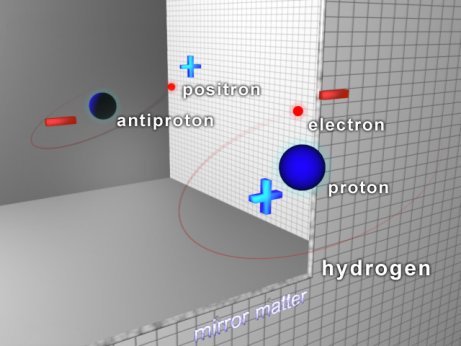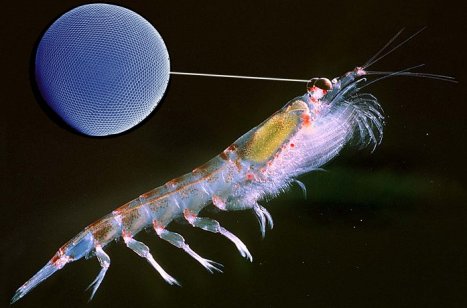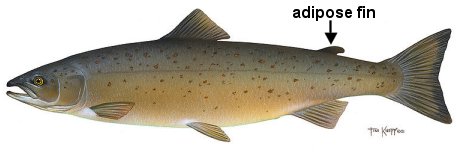
Although the term “antimatter” might sound like something from Star Trek, it is actually quite real. When I do nuclear chemistry experiments, for example, one of the ways I calibrate certain detectors is to use a radioactive sodium-22 source. One of the ways this isotope decays is by emitting the antimatter version of the electron (called a positron). That positron rather quickly finds an electron, and they annihilate each other, which results in two high-energy photons where there was once matter and antimatter. The energy of those two photons is well known, so they can be used to calibrate detectors.
Of course, this points to a big problem when it comes to studying antimatter – it doesn’t stick around very long. Since there is all sorts of matter around, any antimatter that gets produced rather quickly finds some matter, and annihilation is usually what results. Nevertheless, some scientists try to do all that they can with antimatter for whatever brief time is available to them.
One of the cool things you can do with antimatter is make anti-atoms. For example, consider boring old hydrogen. It consists of a single proton that is orbited by a single electron. How could you possibly spice that up? What about making anti-hydrogen? Take a positron (remember, that’s the antimatter version of an electron) and force it to orbit the antimatter version of the proton (which is called an antiproton). You now have the antimatter version of a hydrogen atom! Believe it or not, that has actually been done before. In the lab, scientists have made anti-hydrogen atoms. The problem is that none have been able to preserve the anti-hydrogen they have made for more than a fraction of a second.
Now a group of scientists at the European particle physics lab called CERN has managed to make anti-hydrogen and preserve it for the impossibly long time of fifteen minutes!1
Continue reading “Is Anti-Boring Equal to Exciting? We Might One Day Know!”






